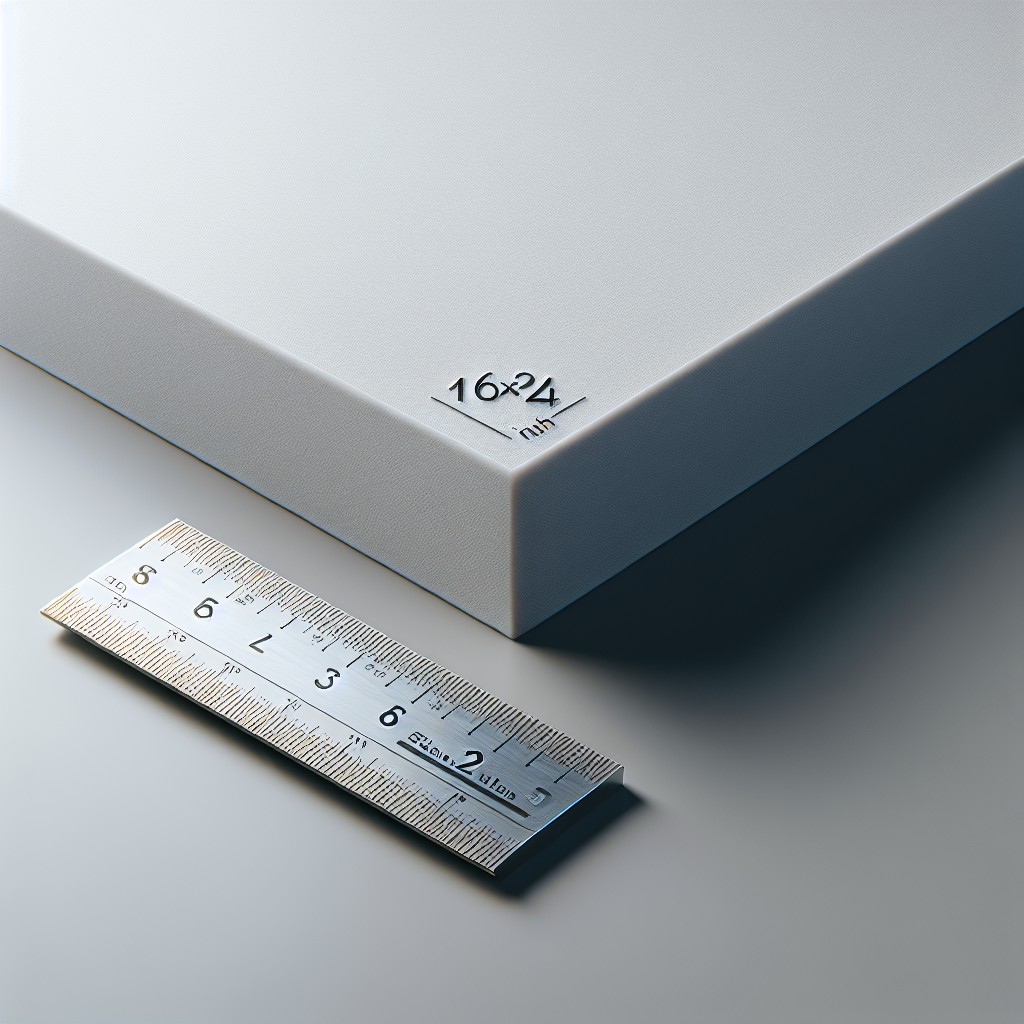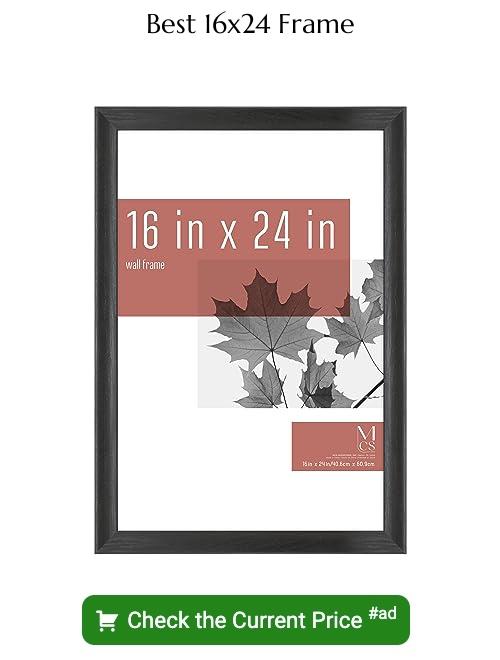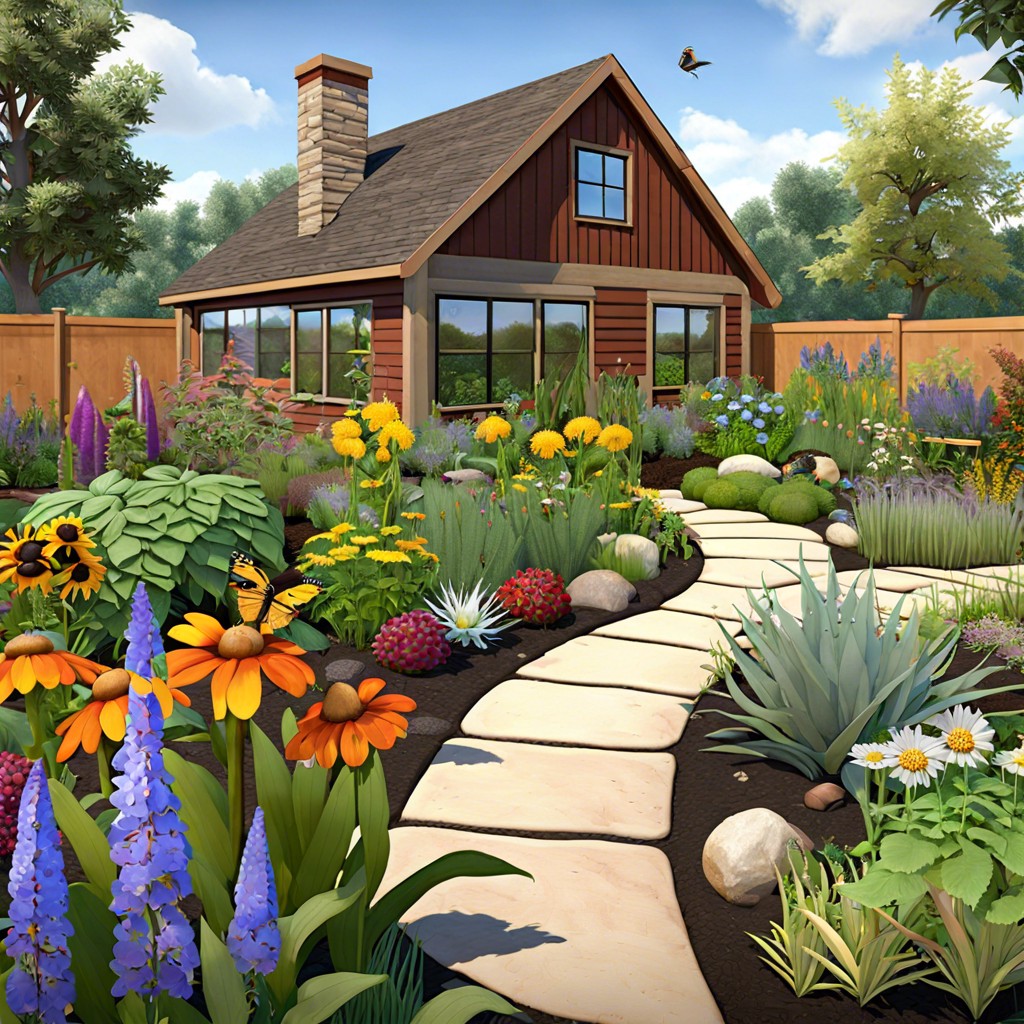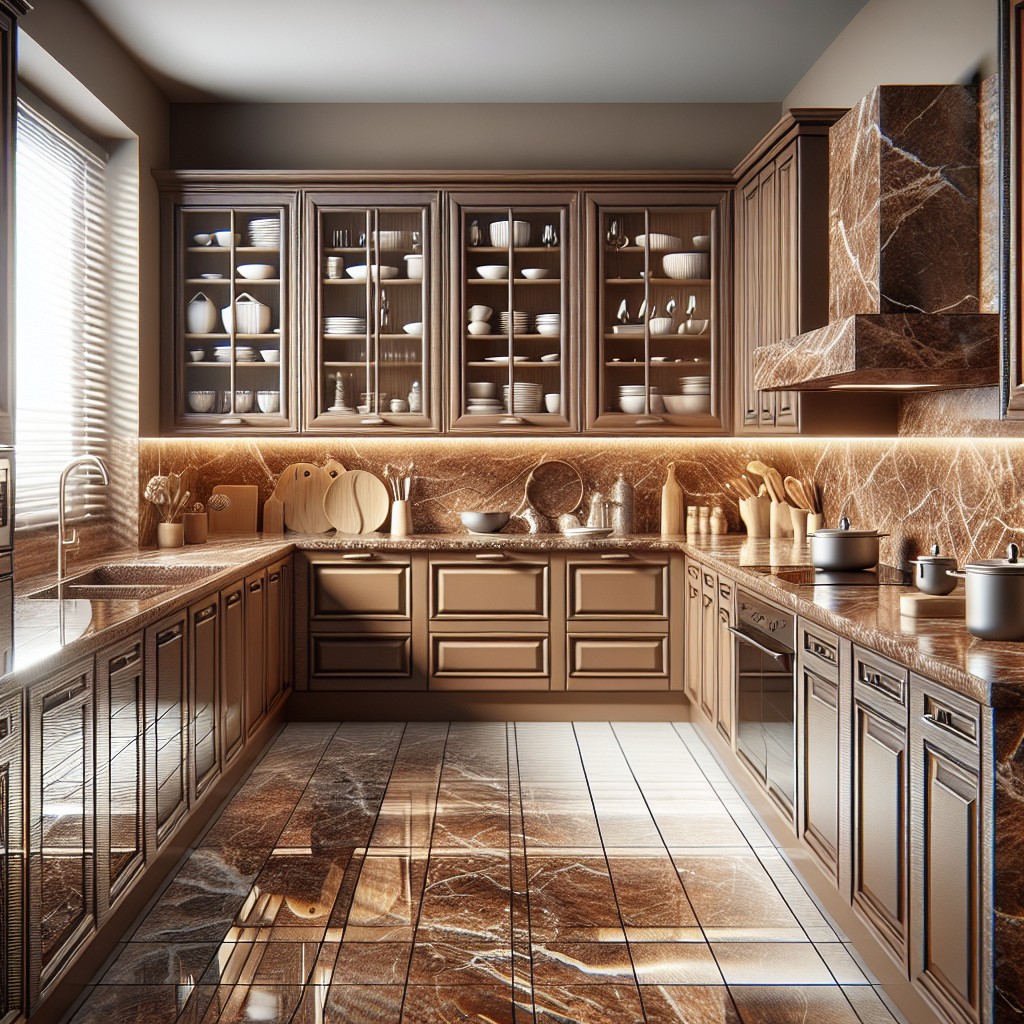Last updated on
Dive into a comprehensive exploration of the dimensions and practical applications of a 16×24 measurement.
Key takeaways:
- 16×24 inches is approximately 40.64×60.96 centimeters.
- A 16×24 size is close to the size of a standard yoga mat or a laptop screen.
- The square footage of a 16×24 size is 384 square feet.
- A 16×24 canvas print has a 2:3 aspect ratio, ideal for photographers.
- A 16×24 shed requires careful consideration of local regulations and site selection.
What's Inside
Measurement Conversion: 16×24 In Inches to Centimeters

Understanding the size of 16×24 when converting from inches to centimeters involves a simple multiplication. The conversion factor from inches to centimeters is 2.54, because there are exactly 2.54 centimeters in an inch.
Let’s break this down further:
- For the 16-inch dimension, multiply 16 by 2.54 to get 40.64 centimeters.
- For the 24-inch dimension, 24 times 2.54 gives you 60.96 centimeters.
So, a 16×24 size in centimeters is approximately 40.64 by 60.96. This precision is vital in fields like graphic design or framing where exact measurements are key.
If your measurement needs are less precise, rounding the centimeter values is often sufficient:
- The 16-inch side rounds to 41 centimeters.
- The 24-inch side rounds to 61 centimeters.
With this conversion, visualizing the size of artwork, posters, or prints becomes easier within metric-system regions. Keep in mind this useful conversion factor to swiftly navigate between systems, ensuring you’re always on point with measurements no matter the context.
Comparison With Common Object Sizes

Grasping the size of a 16×24 inch space becomes easier when compared to items we encounter daily. For example, it’s close to the size of a standard yoga mat, which can help visualize the dimensions in a tangible way. Think of a large laptop – many screens are around 15 inches diagonally, so a 16×24 inch area would be just slightly larger than an open laptop.
When it comes to interior decor, a medium-sized rug often spans approximately 24 inches in width, offering another relatable comparison. If you picture two letter-sized papers side by side, they measure 17×22 inches together, so our discussion’s dimensions are just a touch broader and slightly longer.
In the kitchen, a typical countertop has a depth of 25 inches. Imagine an area on the counter that’s just short of the edge and you’ve got a good sense of the space we’re talking about. Visiting a coffee shop? A small table where you’d enjoy your latte might be around this size, comfortably holding your drink and a light snack.
These everyday comparisons offer a helpful perspective into the expanse occupied by something measuring 16×24 inches, situating abstract numbers into the physical world we experience around us.
Understanding 16×24 In Terms of Square Footage

Calculating square footage is straightforward; simply multiply length by width. For a 16×24 dimension, this equates to 384 square feet. This size is relevant in many scenarios:
- In interior design, it helps visualize the area a rug will cover.
- For art studios, it indicates the floor space a sizable easel occupies.
- In real estate, it’s a common size for a small studio apartment’s main living area, providing a tangible sense of space.
- Homeowners might compare this to a two-car garage, which typically ranges from 380 to 400 square feet, offering a familiar reference point.
Understanding the square footage of 16×24 helps in planning space utilization whether for arranging furniture, allocating studio space, or assessing the size of a room.
Standard Canvas Print Sizes and Aspect Ratios
When selecting a canvas for a print, the size and aspect ratio are critical in determining the visual impact of the artwork. A 16×24 size offers a 2:3 aspect ratio, which is close to the natural aspect ratio of a standard DSLR camera photo, making it an excellent choice for photographers who wish to print their images without cropping.
This aspect ratio is harmonious and pleasing to the eye, ensuring the captured scene is presented with natural proportions. It’s particularly favorable for portraits, landscapes, and larger still life images.
- An 8×10 print provides a classic 4:5 ratio, somewhat boxier in shape, and often requires cropping for images shot in standard digital format.
- Similarly, a 12×18 print adheres to the 2:3 ratio, but has a less dramatic presence on a wall.
- On the larger end, 24×36 canvases also maintain the 2:3 ratio, providing a grand scale that is perfect for high-resolution photography or impactful artwork.
Knowing these dimensions and ratios enables artists and photographers to choose a canvas that best suits their work without unexpected adjustments to their intended frame or composition.
Examples of 16×24 Portraits
A 16×24 portrait commands attention while accommodating most walls comfortably. This size is particularly favored for family pictures, as it allows for clear detail without overwhelming a room. Professional photographers often suggest this dimension for group photos because it ensures that every individual is visible and recognizable.
In high school graduations or weddings, portraits of this size serve as a keepsake that’s prominent enough to cherish and display but won’t dominate smaller living spaces. When considering headshots for actors or professionals, this might be a bit large; however, for a feature spot in an office or a hallway, it strikes the perfect balance between personal importance and decor compatibility.
Art enthusiasts will find that this size works well for photographic prints of landscapes or cityscapes. It offers a substantial view of the scene that can transport viewers without requiring a gallery-sized wall. Moreover, it retains a sense of intimacy, bringing elements of the wider world into personal environments effectively.
The Importance of Framing and Matting in Print Presentation
Choosing the right frame for your 16×24 print elevates it from mere paper to a piece of art, dictating its tone and presence in a room. Here’s why:
Protection: Frames shield your print from dust, sunlight, and physical damage, ensuring it stays pristine for as long as possible.
Aesthetics: Frames can complement the artwork and mesh with your decor. For a modern look, minimalistic frames are ideal. Ornate frames can project a classical vibe.
Matting: Introducing a mat can enhance the artwork’s appearance, creating a visual break and drawing the eye toward the image. It also prevents the print from touching the glass, which can be critical for preservation.
Focus: Proper framing leads the viewer’s gaze to the centerpiece, your artwork. It’s an unsung hero, working in the background, so the print itself basks in the spotlight.
Size Perception: An appropriately chosen frame and mat can make the print seem larger and more substantial on the wall, giving it an imposing presence even in a larger room.
Remember, the frame is to art what a great pair of shoes is to an outfit — not the main event, but potentially a dealbreaker if chosen poorly.
Will a 16×24 Shed Fit in My Yard?
Determining whether a 16×24 shed will complement your outdoor space involves more than just eyeballing your backyard. Here are key considerations to make an informed decision:
Local Regulations: Before dreaming up your backyard haven, review your local building codes. Restrictions on structure size, placement, and permits can be the deciding factor.
Site Selection: The location is pivotal. Allow for at least 3 feet of clearance around the shed for maintenance and airflow, plus space for doors to swing open.
Foundation Footprint: Account for the foundation which may extend beyond the shed walls. Typically, you’d prepare a base larger than the shed itself to ensure stability.
Accessibility: Consider how you’ll approach the shed. Will you need a pathway? Is there enough room for maneuvering bulky items in and out?
Garden Layout: Think about how the shed will affect your existing garden design. Will it overshadow plants or dominate the view?
Future Changes: Gardens evolve. Allow flexibility for future landscaping or yard alterations without the shed becoming an obstacle.
Calculate carefully and imagine the structure in situ. This is not just a functional choice, but an aesthetic one too. Your new shed should be a seamless addition, not a space-hogging afterthought.
These Are the Most Common Standard Poster Sizes
Navigating the world of posters, you’ll encounter a handful of sizes that have become industry standards. The most common ones include:
– 11×17 inches: Also known as tabloid size, this compact format is often used for smaller posters or flyers. – 18×24 inches: An ideal medium size for advertisements and event announcements, this can be seen in store windows or community bulletin boards. – 24×36 inches: Dubbed the “Architectural D” size, this larger dimension makes a significant visual impact and is frequently seen in movie posters or in larger spaces. – 27×40 inches: Particularly known as the standard movie poster size, you’ll find this one prominently displayed in theater lobbies.These dimensions aren’t arbitrary; they’re designed to be eye-catching while fitting standard frames and mounts. A 16×24 poster falls neatly within this range, offering a balance between visibility and space efficiency, making it a versatile option for both advertisers and artists.
Visual Guide to Popular Sizes
Visual guides serve as an effective tool for grasping the diversity of popular sizes. Whether you’re a budding artist, a proud homeowner, or a marketing professional, understanding dimensions through visual comparison can aid in decision-making and creative processes.
- Business cards: About the size of a credit card, they typically measure 3.5×2 inches.
- Smartphones: A common smartphone screen might range from 5 to 6.5 inches diagonally, helping to relate to smaller print sizes.
- Paper sheets: Standard US letter size is 8.5×11 inches, serving as a familiar reference point for medium-sized prints.
- Monitors and TVs: Screen sizes, like a 24-inch monitor, can provide a real-size digital comparison for primarily digital creators.
- Doorways: The average doorway in the United States is about 80 inches tall by 36 inches wide, which can be used to conceptualize larger print sizes and signage.
- Beds: From a twin bed at 39×75 inches to a king at 76×80 inches, these everyday items can help imagine wall art or larger posters in a personal space.
By mentally associating these everyday objects with the dimensions in question, the numbers become more than abstract measurements; they transform into tangible, visualizable data.
FAQ
What is 16×24 size?
The size 16×24 refers to a dimension of 16 inches in width by 24 inches in height, often used in photography and portraits for a balanced and visually appealing canvas.
How does a 16×24 size compare to other standard print sizes?
A 16×24 print size is larger than standard photo print sizes such as 4×6, 5×7, and 8×10 but smaller than poster sizes like 18×24 and 24×36.
What are the practical applications of a 16×24 size in daily life?
The 16×24 size is widely used in printing photography, architectural blueprints, and decorative posters, due to its visually appealing aspect ratio and suitability for wall displays in home and office settings.
What are some key visual differences between a 16×24 size and a 24×36 size?
The 24×36 size is notably larger, offering more visual area and detailed view than the 16×24 size, but both maintain the same aspect ratio.





